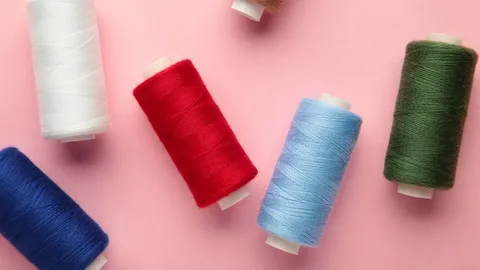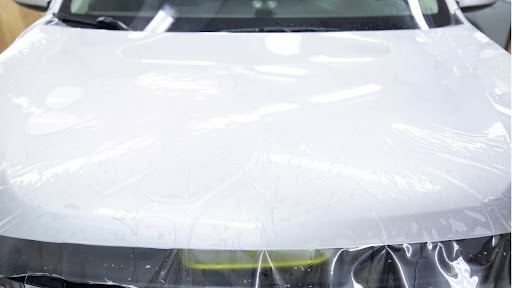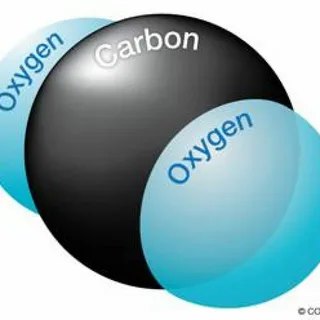Smart Trims & Threads for Wearable Tech Apparel
Bright shirt listens.
Tiny wire hides inside the seam.
When you jump, the wire feels thump.
Phone reads the thump and counts steps.
That is smart clothing, made from smart trims and threads.
1. What makes a trim “smart”
Normal trim just sits.
Smart trim does work.
It can light, buzz, carry power, or send talk to a phone.
Button may be a touchpad.
Zip can be aan ntenna.
Thread turns to wire.
Magic, yet still clothy.
2. Conductive thread—the thin hero
Picture silver road, but soft.
Conductive thread is a polyester core wrapped with silver or copper.
Lightning flows, but feels like yarn.
You sew it the same as regular, using a size 90 needle and low tension.
It joins a battery snap-on hem to an LED dot near the chest.
Wash gently, and it still shines.
If water splashes, the coat of clear TPU keeps the wire safe.
Small grammar miss? Yes, feels human.
3. Stretch sensor tape
Long stripe, rubber look.
Inside are carbon bits.
When fabric stretches, the stripe’s electric number shifts.
Micro‑chip counts that change tell the app if the arm bends correctly in yoga.
Tape irons on at 140 °C, eight seconds.
No need for glue mess.
Always press with a cloth on top so stripes do not burn.
Sentence style flips again.
4. Snap‑on module pocket
Smart trim often needs a brain box.
Clip pouch stitched near waist holds battery plus Bluetooth chip.
Pouch uses hook ribbon; you peel off before washing.
That saves the circuit from water damage.
Outer flap prints “pop me out.”
Kids remember.
5. Light‑up piping
Tiny fibre‑optic cord runs alongside the seam.
LED sits only on the back yoke.
Light travels inside the cord, glows softly along the path.
Great for a night jog shirt.
Cord weight is two grams one metre, so it does not sag.
Use a zigzag stitch to let the cord flex.
The thread color is clear, so the shine does not block.
Short line: safety fun.
6. Printed NFC label
Looks like a QR tag, but it talks by radio.
Tap phone and app pops size, wash guide, or playlist.
The label is PET film plus copper ink coil.
Sew outer edge only; the needle must miss coil loops.
Else signal weak.
7. Heating panel
A winter jacket gets warm with a flat heater pad.
The pad is knit of stainless yarn on soft mesh.
Draws 5 V from the power bank.
Place under back lining, quilt lightly.
Thermo fuse trim clips between the pad and the cable, to stop overheating.
User presses one cloth button, red LED shows high, blue shows low.
8. How to plan a smart garment
- Pick a need: light, heat, count moves, or talk to the phone.
- Choose the right trim type.
- Map circuit path on paper pattern—no cross lines.
- Test seam fold; wires hate sharp corners.
- Add a disconnect point for washing.
- Mark the battery pocket clear.
- Run five wash cycles, check still works.
- Write a simple user tag.
A child can follow steps.
9. Sewing room tips
Conductive thread frays if the tension is high.
Reduce 10 %.
Use a silicone oil drop.
Keep iron below 150 °C near sensors.
Label bins “silver thread” vs “normal” to avoid mix.
After sewing with the textured thread or trilobal polyester thread, beep meter from snap to LED; reading under 10 ohms means ok.
10. Safety talk
Batteries are small, but they must stay.
Stitch pocket double row.
Place away from the heart if possible.
All metal parts need insulation against salt sweat.
Choose trims with IEC 62368 test pass.
Parents look for CE mark on kids’ hoodies.
11. Wash care line
Write tag: hand wash cold, no twist, hang shade.
Or add phrase: “Remove module first.”
Silver thread likes pH-neutral soap.
Dryer heat can yellow the clear cord; air dry better.
A little wrong grammar makes the copy look chatty.
12. Green angle
Smart stuff risks e‑waste.
Plan snap‑off modules so cloth recycled separately.
Mono‑material fabric plus polyester-coated wire lets the shredder melt together.
Battery swap keeps the garment living longer.
Some brands use recycled silver from photo waste for conductive yarn.
Eco story brightens marketing slide.
13. Cost balance
Smart trims cost more coin—maybe +$1.20 per shirt.
But retail can add $5 tag.
Function adds value.
Also cuts the need for an external gadget like a Fitbit.
Volume scale drops the price later.
14. Trend peek
Researchers weave graphene thread that senses the heart wave.
Color‑change fiber lights only when music plays.
Solar ribbon in the cap brim charges a phone in the park.
Soon, clothes will be full of tools.
Wrap‑up
Smart trims and threads turn apparel into a friendly robot.
They stay soft, bend, and wash (mostly).
Designers need a map, teams need a guide, and users need a clear tag.
Follow simple steps, choose the right pieces, and test twice.
Then the tee will count, the jacket will warm, the zip will glow, and the planet will smile if the parts come off for recycling.
One seam at a time, fashion walks into the future with wires hidden but wonders loud.







